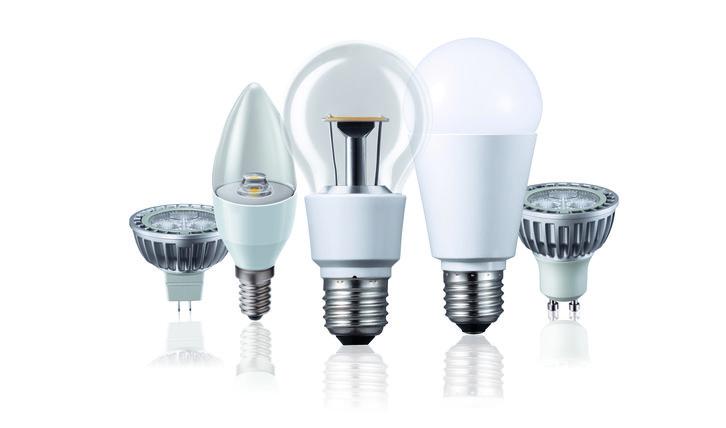LED Bulb - Electrically Efficient Lighting System
An LED lamp is an evolution over the incandescent lamps, which were used in the past and are still being widely used till date. The Light Emitting Diode or what we abbreviate as LED is being used in lighting fixtures and light bulbs nowadays and is gaining popularity among consumers rapidly. This technology has greatly replaced the conventional fluorescent lamps and incandescent lamps due to its benefits over the both.
Applications of an LED Bulb

LED Bulb | Image Resourcde : thegreenage.co.uk
The LED bulbs are far more usable and technologically advanced as compared to traditional incandescent and fluorescent bulbs. They are also extremely long-lasting and require almost no maintenance. This usability and lack of maintenance requirements when coupled with their ability to produce luminosity of the levels of 120 Lumens per watt make the LED bulb a great buy for ordinary consumers and industries equally. It has become an exceptional electronic tool in several sectors of the electronic industry.
Due to its growing popularity and demand, the LED lamp market is predicted to grow at a rate higher than 12 times in the next one decade. The current compound annual growth rate of the LED lamp market is estimated as 25 percent, which is already quite high. Energy efficiency is another criterion that makes LED lights better than the other tubes, lamps or CFLs. Unlike the conventional tube lights that take some time to come to full brightness, the LED bulbs do not require any heat up time and come to their full lighting capacity as soon as they are switched on. This is the reason why LED tubes are replacing the traditional tube lights.
Some Features of LED Lights
Unlike the fluorescent bulbs, which get worn out over time due to frequent switching on and off, the LED bulbs have a better resistance to depreciation over time. But it is also true that these lights do not last eternally and their illumination capacity does come down to some extent with their extensive use over time. These are the reasons that make the cost of LED lamps relatively higher than that of the ordinary bulbs and tubes.
The principle of rectilinear propagation of light doesn’t allow LED lamps to emit light in all the directions. Hence, the designs of the lamps generally decide the directional characteristics of the light emitted by them. With the advancement in technology and with growing innovation in the LED lighting industry Omni-Directional LED lights are becoming more and more popular among consumers.
The characteristic of LED lamps that they emit more directional light that is focussed and is emitted as a single narrow beam of light makes it most appropriate for special purpose, as well as general purpose lighting. The Light Emitting Diode is affected by high temperatures, so it should be used at proper temperatures. Moreover, it works on direct current and hence, a proper circuit is required to convert the alternating current to direct current. For decorative lighting also LED bulbs are widely being used due to their flexibility in directing the distribution of light.

